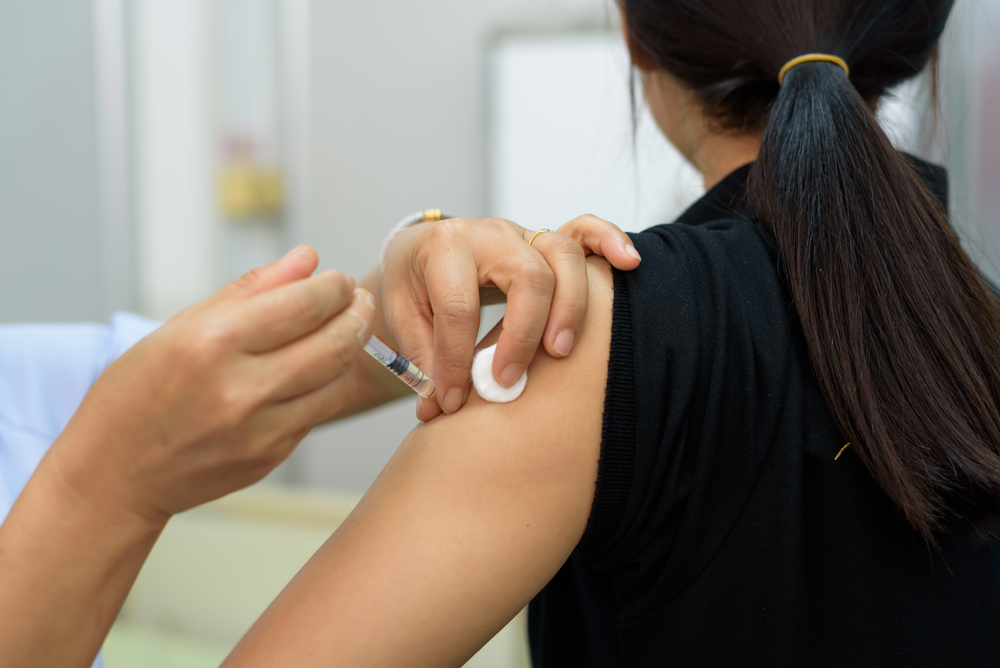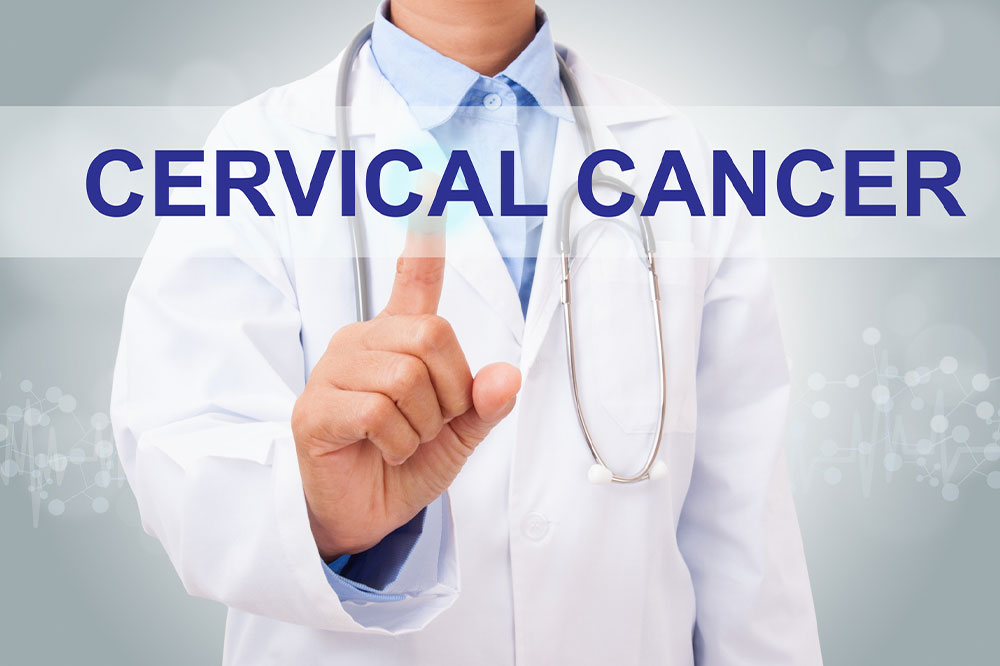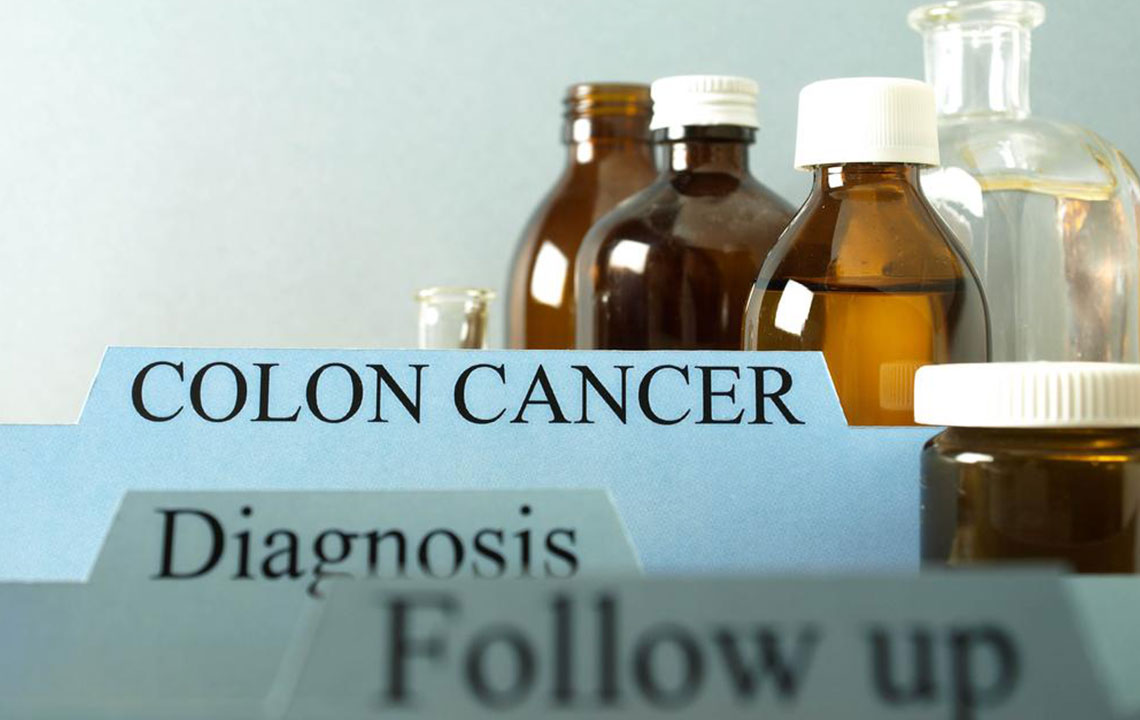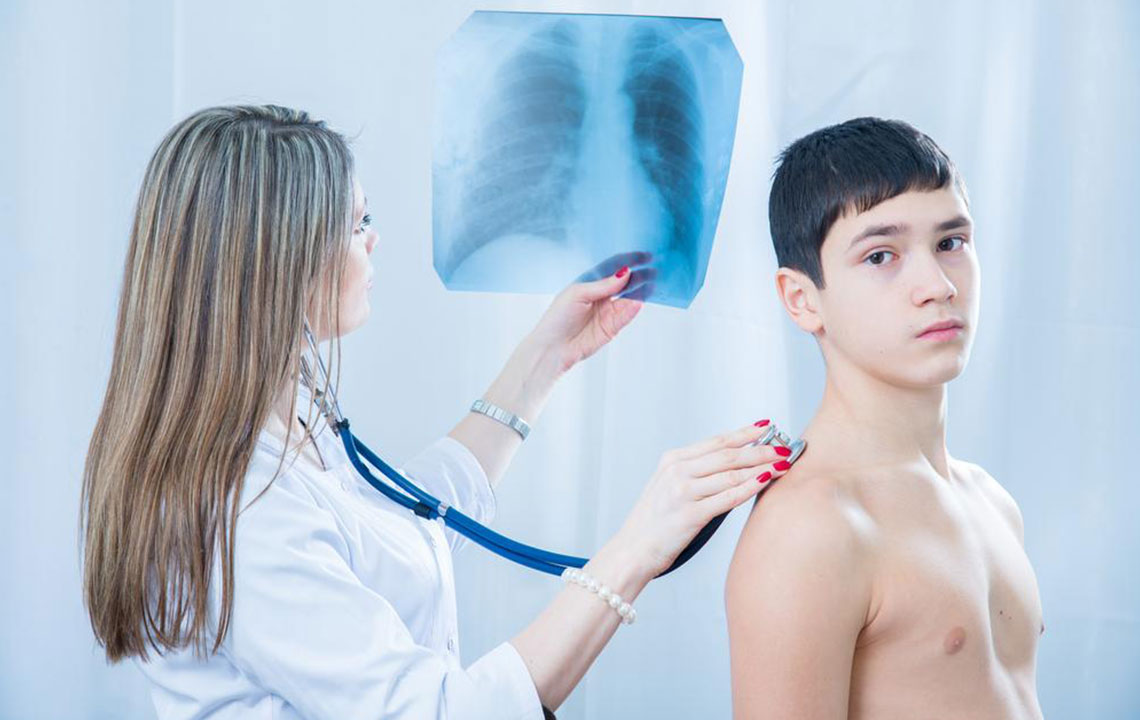Comprehensive Guide to HPV and Its Impact on Cervical Cancer: Prevention, Risks, and Treatment Strategies
This comprehensive article explores the vital connection between HPV and cervical cancer. It covers risk factors, symptoms, prevention strategies including vaccination and screening, and available treatments. Understanding these elements is crucial for early detection and effective management of cervical cancer, emphasizing the importance of public health initiatives, timely diagnosis, and lifestyle choices in reducing disease burden worldwide.

Understanding the Critical Connection Between Human Papillomavirus (HPV) and Cervical Cancer: Risks, Prevention Methods, and Therapeutic Options
Human papillomavirus (HPV) represents one of the most widespread viral infections globally, particularly affecting the reproductive health of men and women. Since the advent of sexual activity, the risk of acquiring HPV has increased significantly, with over 100 known HPV types identified to date. While many strains of HPV are benign, making no significant health impact—resulting in conditions like genital warts or benign respiratory tumors—a subset of these viruses pose a serious threat. Some high-risk HPV types can persist within the body and catalyze the development of severe health complications, notably cervical cancer.
Cervical cancer is ranked as the fourth most common cancer among women worldwide and remains a significant cause of mortality, with an estimated 51% death rate globally. The burden is especially heavy in developing countries, where limited access to screening, early detection, and healthcare resources results in higher mortality. Understanding how HPV is intricately linked to cervical cancer is crucial for effective prevention and management.
In this article, we delve into how HPV infections develop into cervical cancer, highlighting risk factors, preventative measures, treatment options, and strategies for controlling the disease's spread.
What is Cervical Cancer?
The cervix, explicitly the lower part of the uterus, serves as a vital component of female reproductive anatomy. It connects the uterus to the vagina and plays an important role in reproductive health by facilitating blood flow during menstruation and providing mucous for lubrication.
The cervical tissue is susceptible to various conditions—including chronic inflammation, injuries sustained during childbirth, ulcers, benign or malignant tumors, and sexually transmitted infections (STIs).
Cervical cancer originates when abnormal cells begin to grow uncontrollably within the cervical tissues, gradually invading neighboring structures and tissues as the disease progresses.
This malignancy typically develops slowly over many years, often passing through a recognizable pre-cancerous stage characterized by cellular changes that can be detected before invasive cancer forms.
Most symptoms tend to manifest between the ages of 20 and 30; however, diagnosis often occurs later, sometimes when women are in their 50s or beyond, due to lack of early screening or low awareness.
How HPV Contributes to the Development of Cervical Cancer
HPV is a sexually transmitted virus encompassing more than 100 distinct types. Of these, approximately 13 are recognized as high-risk types capable of inducing cancers, particularly cervical cancer.
The primary cancer-associated HPV types are HPV 16 and HPV 18, accounting for most cervical cancer cases worldwide.
Scientific research has firmly established HPV's role in cervical carcinogenesis since the early 1990s, confirming a causal relationship between persistent infection with high-risk HPV types and the development of invasive cervical cancer.
By the year 2000, comprehensive studies validated that HPV is the main causative factor for cervical cancer—without HPV infection, the likelihood of developing the disease significantly diminishes.
Key Risk Factors for Developing Cervical Cancer
Early initiation of sexual activity increases vulnerability, as the cervix is exposed to infection during adolescence.
Having first sexual intercourse before the age of 16 or within one year of menarche enhances the risk due to the immaturity of cervical cells, which are more susceptible to HPV infection.
HPV transmission commonly occurs through skin-to-skin contact or genital contact, not solely through penetrative sex, emphasizing the importance of safe sexual practices.
Engaging with multiple sexual partners elevates the probability of acquiring HPV strains linked to cancer development.
Additional behavioral and health factors—such as tobacco use, immunosuppression (e.g., HIV infection), and the presence of other STIs like herpes—compound the risk of progression to cervical cancer.
Socioeconomic factors play a significant role by influencing access to healthcare services, screening programs, and health education, thereby affecting disease prevalence and outcomes.
Recognizing Symptoms and Early Signs of Cervical Cancer
Persistent infection with high-risk HPV types can cause precancerous lesions, which, if left untreated, might evolve into invasive cancer.
Symptoms often appear only in advanced stages and include abnormal bleeding, especially post-coital, irregular menstrual cycles, lower back or pelvic pain, foul-smelling vaginal discharge, fatigue, unexplained weight loss, and swelling of the legs due to lymphatic obstruction.
Preventive and Control Strategies Against Cervical Cancer
A comprehensive approach combining vaccination, screening, education, and behavioral modifications can significantly reduce the risk of cervical cancer.
HPV vaccines, such as Gardasil and Cervarix, are highly effective in preventing infection with the most common high-risk HPV types, thereby lowering the chances of developing precancerous changes and cancer.
Public health initiatives focusing on safe sexual practices, consistent condom use, and promoting male circumcision for hygiene have been shown to reduce HPV transmission.
Encouraging monogamous relationships with uninfected partners and abstinence can also serve as protective measures.
Routine screening through Pap smears, HPV DNA testing, and colposcopy is vital for early detection. Identifying and treating precancerous lesions reduces progression to invasive disease.
Addressing social determinants of health—like improving access to healthcare, increasing awareness, and reducing socioeconomic disparities—is critical for effective disease control.
Treatment Options for Cervical Cancer
Treatment plans are tailored based on the stage of cancer at diagnosis, ranging from minimally invasive procedures to more aggressive therapies.
Early-stage cervical cancer may be managed with outpatient procedures such as cryotherapy, loop electrosurgical excision procedure (LEEP), or cone biopsy to remove abnormal tissue.
Advanced or invasive cancers often require a combination of therapies, including surgery (e.g., hysterectomy), radiation therapy, chemotherapy, and targeted therapies to control disease progression.
Enhancing immune function through lifestyle modifications, nutrition, and clinical management can support recovery.
Continuous follow-ups, regular Pap tests, pelvic examinations, and monitoring of HPV status are essential components of ongoing care and survivorship programs.





